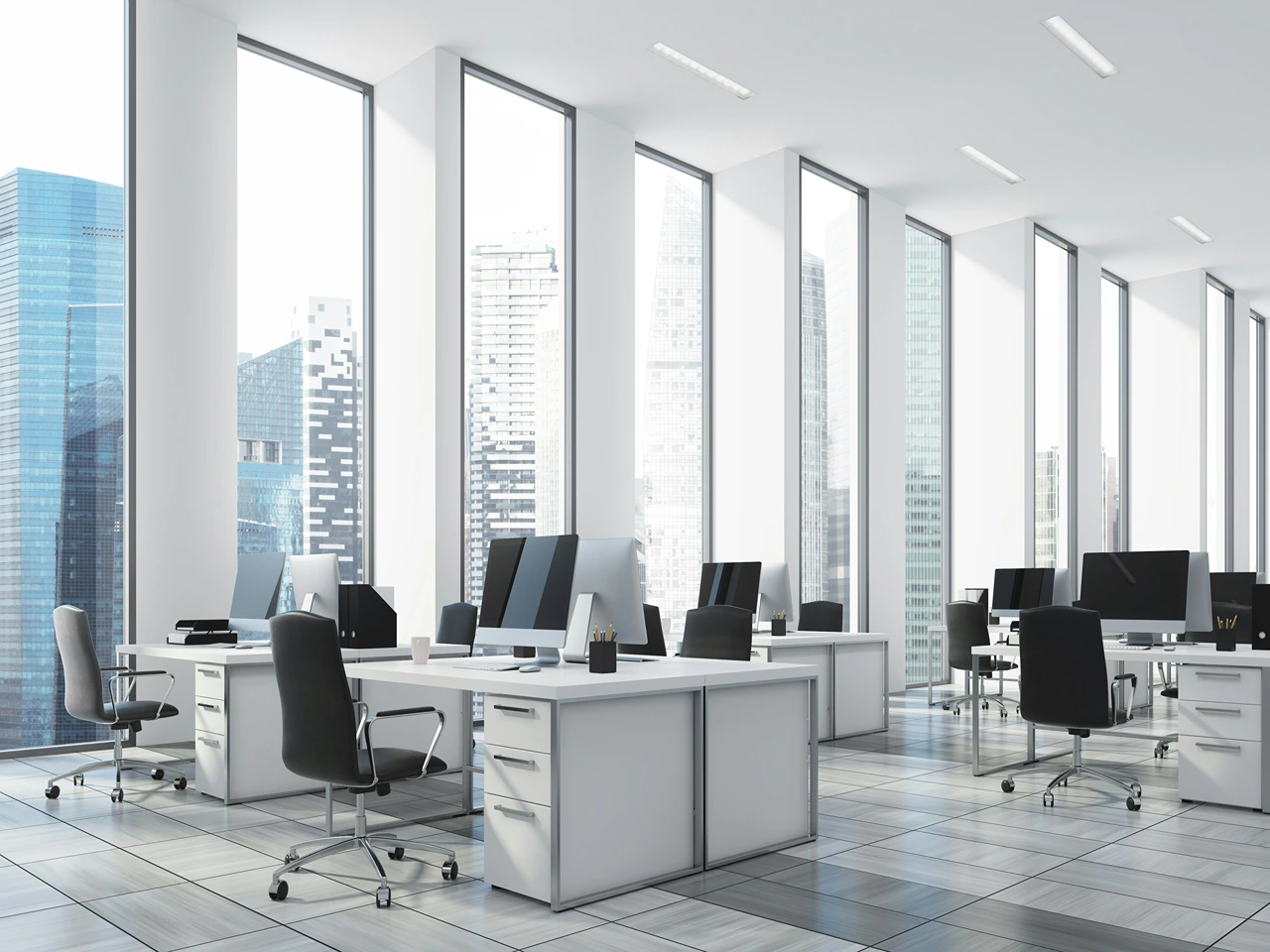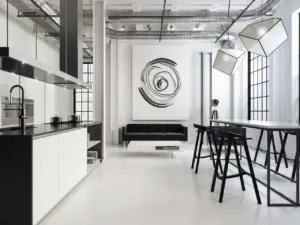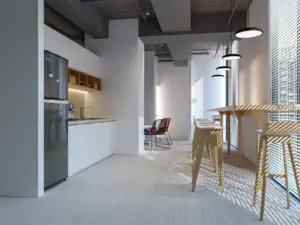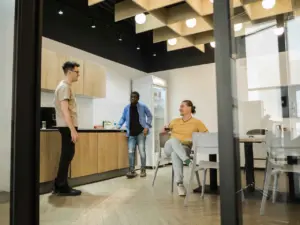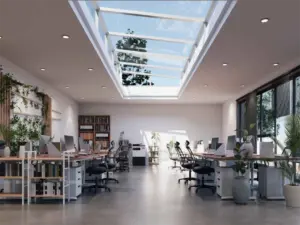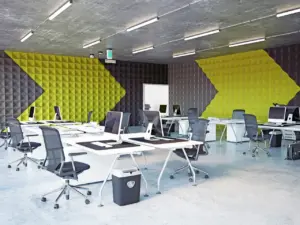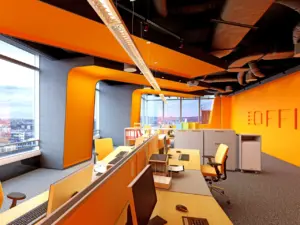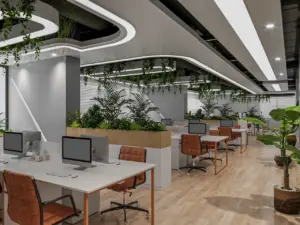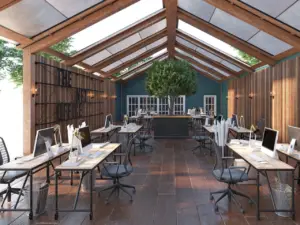The modern office is evolving beyond mere functionality. Businesses are seeking ways to integrate sustainability and aesthetics into their workspaces, and office tables are at the forefront of this transformation. By incorporating eco-friendly materials and statement-making designs, companies can create dynamic, forward-thinking environments that reflect their values.
Sustainability in Office Tables
Sustainable office furniture isn’t just a passing trend—it’s a necessity. Companies are prioritizing eco-conscious choices to reduce environmental impact while enhancing workplace wellness. Office tables made from recycled, reclaimed, and biodegradable materials are gaining popularity.
- Reclaimed Wood Tables – Salvaged wood from old buildings, ships, or barns offers durability, unique character, and reduces the need for virgin timber.
- Recycled Metal and Plastic – Tables made from ocean plastic, industrial scrap, or repurposed aluminum contribute to a circular economy.
- Bamboo Work Surfaces – A rapidly renewable resource, bamboo is both strong and visually appealing, making it an excellent choice for desks and conference tables.
- Carbon-Neutral Manufacturing – Some brands now focus on producing office tables with minimal carbon footprint, using energy-efficient processes and sustainable sourcing.
- 3D-Printed Furniture – Emerging as a game-changer, 3D-printed tables use biodegradable materials or recycled plastics to create highly customizable, waste-free designs.
Beyond material choices, sustainable office tables often feature modularity, ensuring longevity by allowing easy repairs and reconfigurations rather than complete replacements.
Statement Office Tables: Merging Art with Functionality
A well-designed office isn’t just about sustainability; it’s also about making an impact. Statement office tables go beyond standard work surfaces, acting as focal points that inspire creativity and reflect a company’s identity.
- Sculptural Designs – Tables with bold geometric shapes, fluid curves, or asymmetrical structures become conversation pieces while maintaining functionality.
- LED-Integrated Surfaces – Worktables featuring built-in LED lighting can adjust brightness for task optimization or create an ambient glow that enhances mood and aesthetics.
- Branded and Custom Graphics – Companies are personalizing office tables with engraved logos, mission statements, or artistic inlays to reinforce brand identity.
- Hybrid Materials – Combining glass, metal, concrete, and wood in unexpected ways creates visually striking and tactilely engaging surfaces.
- Nature-Inspired Elements – Live-edge wood, moss-infused table dividers, and organic textures bring elements of biophilic design into the workplace, improving well-being and creativity.
The Intersection of Sustainability and Aesthetics
The most innovative office tables are those that successfully merge sustainability with bold design. Furniture makers are experimenting with reclaimed materials shaped into sculptural forms, creating pieces that are as environmentally responsible as they are visually impactful. A sleek, 3D-printed desk made from recycled ocean plastic or a reclaimed wood conference table with an artistic resin inlay is both a statement and a commitment to the future.
As businesses continue prioritizing sustainability and design-driven workplaces, office tables are no longer just functional surfaces. They represent an investment in brand storytelling, environmental responsibility, and employee engagement. The future of office furniture is about more than just working—it’s about working beautifully and sustainably.
Frequently Asked Questions (FAQ):
Why are tables so important in office spaces?
Tables are essential in office spaces because they serve as the foundation for productivity, collaboration, and organization. Their design and functionality directly impact workflow, employee well-being, and even company culture. Here’s why tables are so important in office environments:
1. Productivity and Functionality
- Provide a structured workspace for tasks, meetings, and brainstorming sessions.
- Support ergonomic setups, helping employees work comfortably and efficiently.
- Enable seamless integration of technology, with built-in power outlets, cable management, and smart features.
2. Collaboration and Interaction
- Foster teamwork by offering communal spaces for discussions, idea-sharing, and project development.
- Adaptable designs (e.g., modular or reconfigurable tables) make it easier to adjust layouts for different team sizes and working styles.
- Conference tables facilitate decision-making, client presentations, and strategic planning.
3. Aesthetic and Brand Representation
- Statement tables can reinforce a company’s identity, whether through custom branding, unique materials, or bold design.
- Well-designed tables contribute to the overall ambiance of the office, influencing employee morale and client perceptions.
4. Space Optimization
- Multi-functional tables (e.g., standing desks, convertible workstations) help maximize space efficiency.
- Smart layouts ensure a balance between open collaboration areas and private work zones.
5. Sustainability and Workplace Well-Being
- Eco-friendly tables made from reclaimed wood, recycled materials, or carbon-neutral manufacturing align with sustainability goals.
- Biophilic designs, such as live-edge wood tables or moss-infused dividers, enhance air quality and employee wellness.
Tables do more than just provide a surface to work on—they shape the way people interact, focus, and collaborate in modern workplaces.
How can office design improve productivity?
Office design impacts productivity by reducing distractions, improving ergonomics, and fostering collaboration. Thoughtful zoning, sound management, and proper lighting all contribute to a more efficient work environment.
How do I choose the right interior designer for my office space?
Look for a designer with experience in commercial office spaces, a strong portfolio, and an understanding of your business needs. A professional designer should be able to create a customized plan that aligns with your company’s goals and culture.
